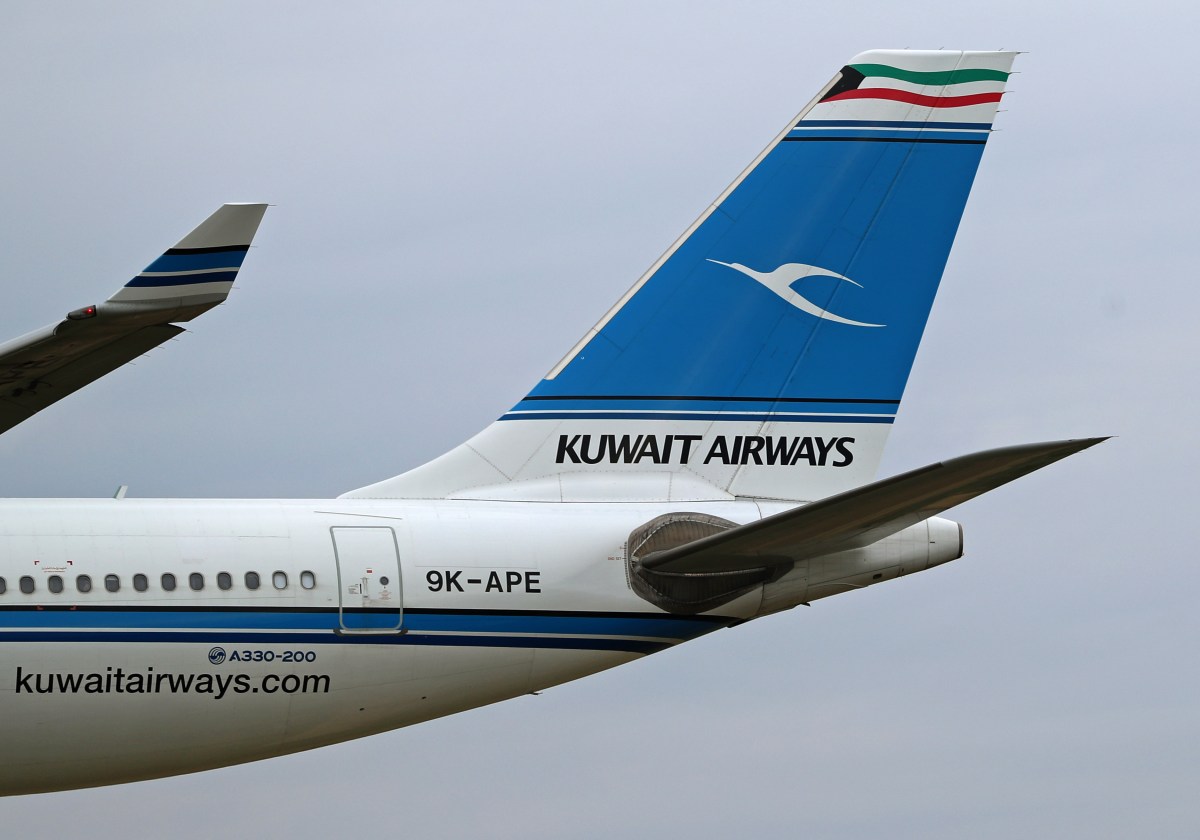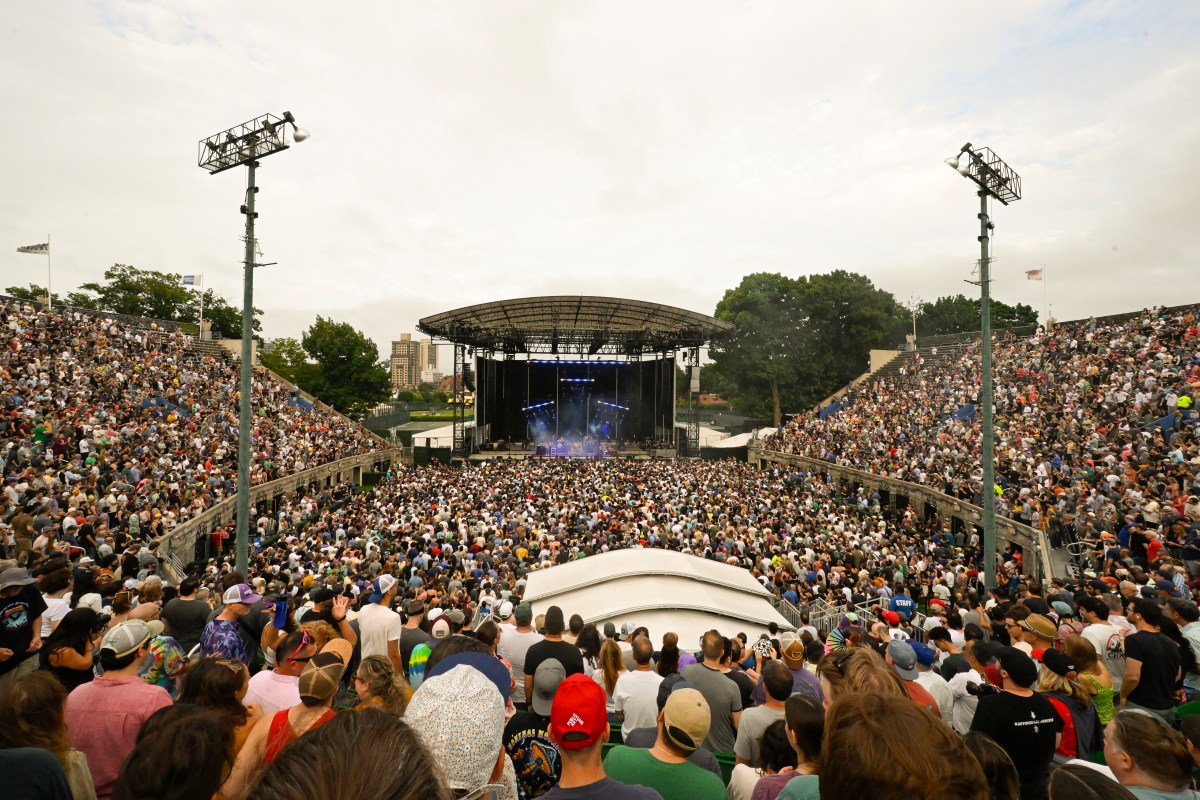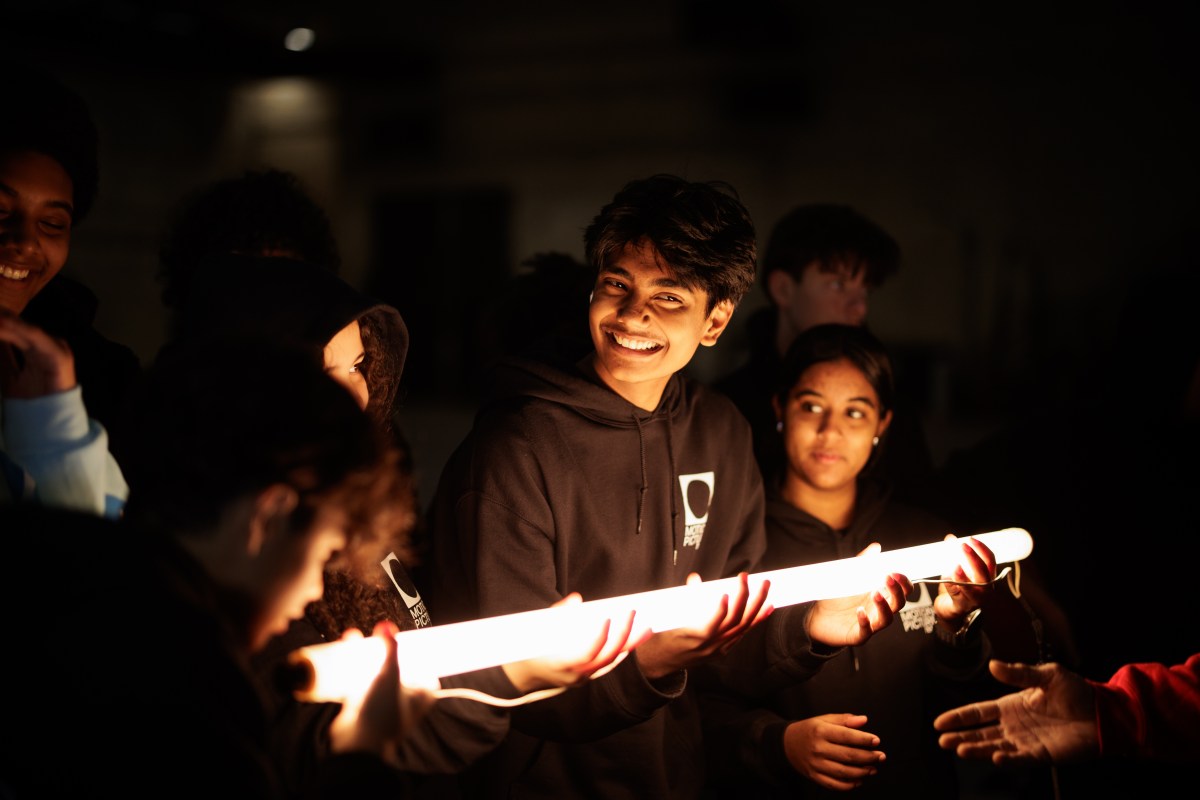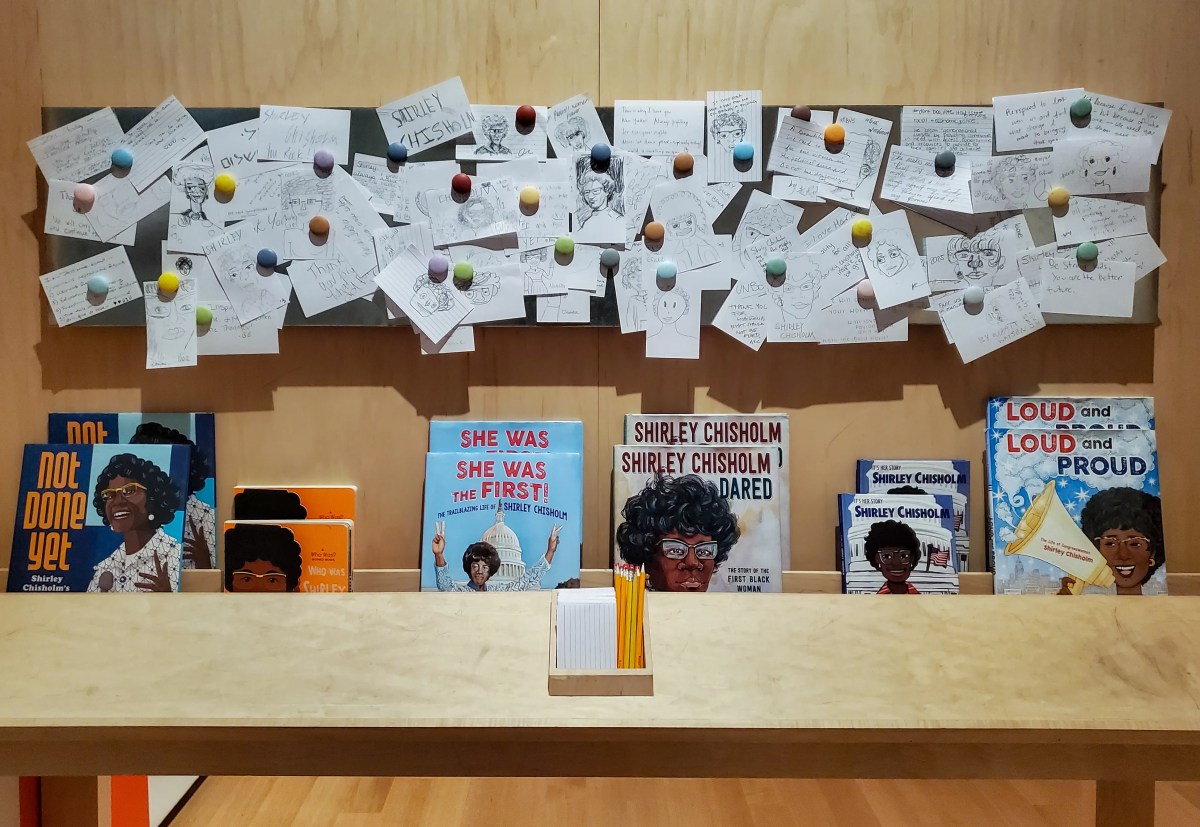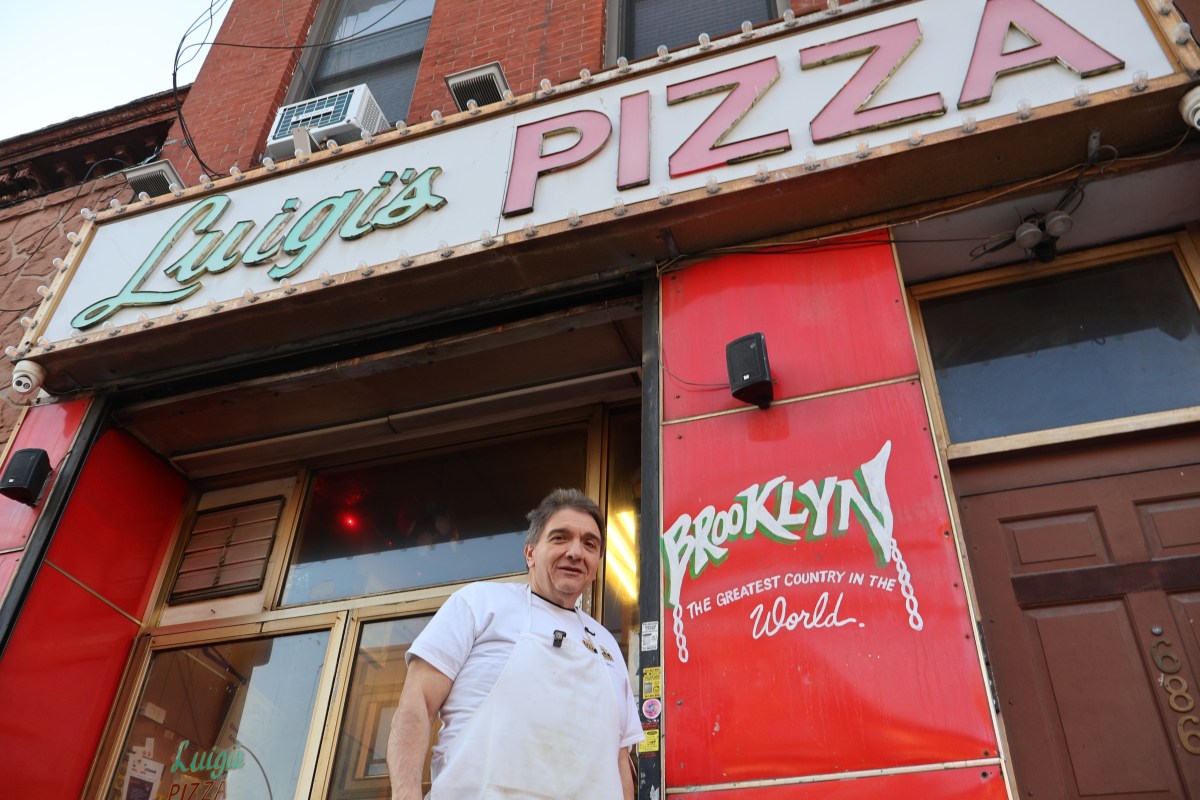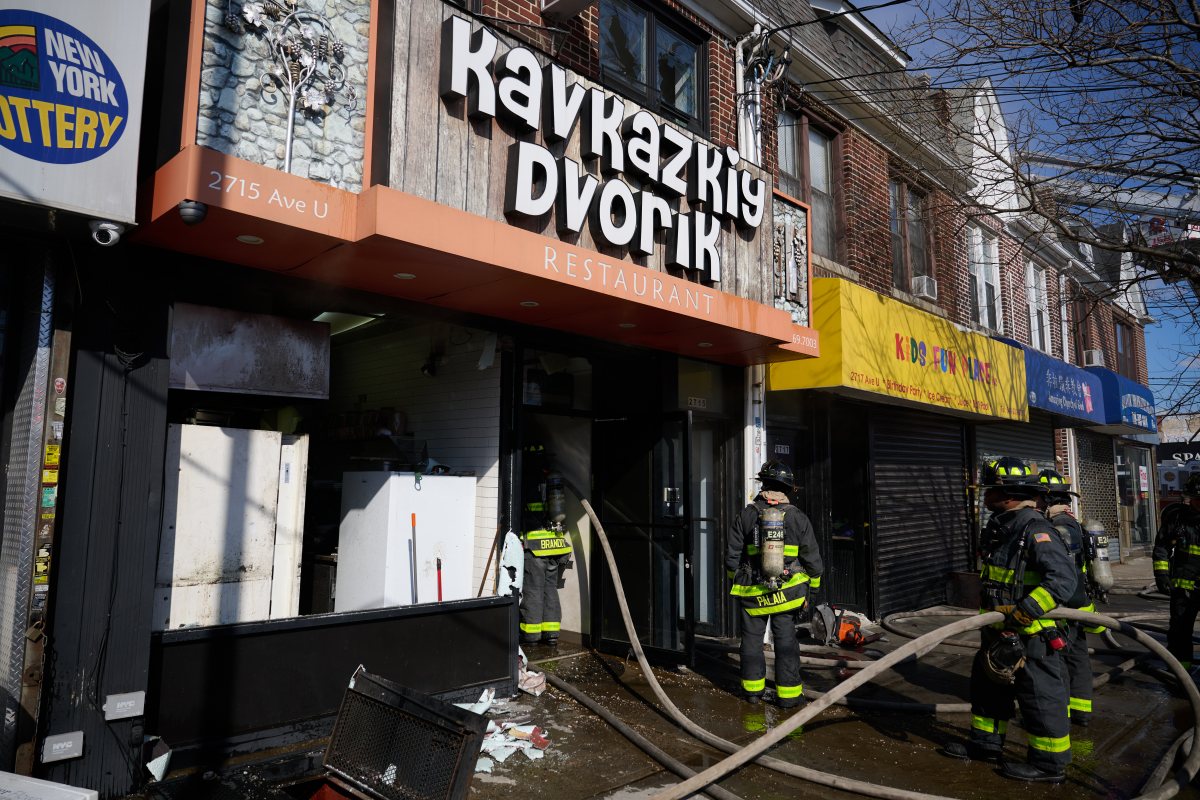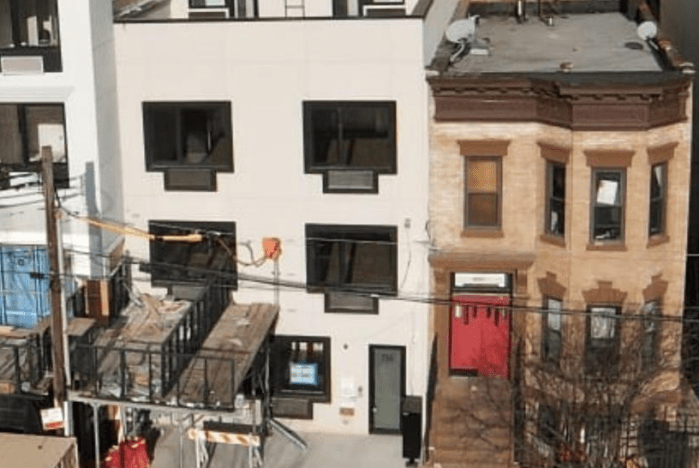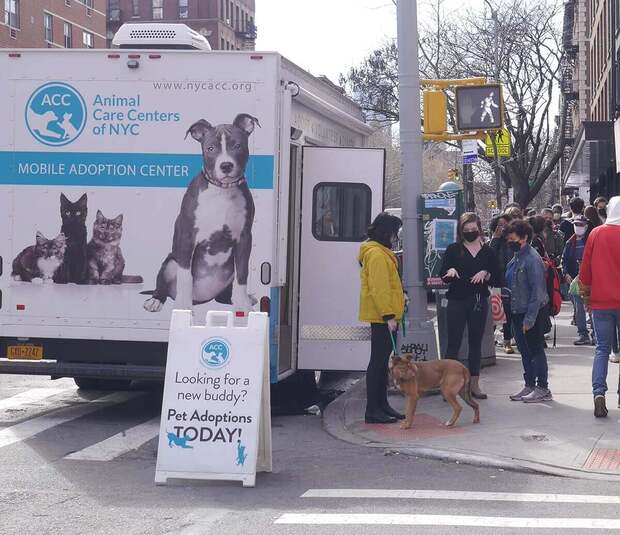Day two of congestion pricing in NYC dawned Monday with drivers paying $9 each to drive into Manhattan during peak hours and get where they need to go on the first workday of the week.
Though it is not yet known how much the MTA has reaped in tolls since congestion pricing went live at midnight Sunday, the authority has repeatedly said the revenue generated from the toll program would help the authority fund key improvements to the city’s transit system and beyond.
Specifically, the MTA said that 80% of congestion pricing revenue — equal to $7.20 of every $9 toll collected during peak hours in Manhattan — will go to capital improvements on NYC subways and buses. The remaining 20% of revenue will be split between Metro-North Railroad and the Long Island Rail Road, according to the agency.
“Thanks to congestion pricing, MTA Construction & Development will undertake a generational investment to transform public transit in New York,” said Jamie Torres-Springer, MTA Construction and Development president. “We’re ready to get these projects started and we’re ready to deliver them better, faster, and cheaper than ever before.”
Many NYC politicians, including Queens City Council Member Selvena Brooks Powers, chair of the Transportation and Infrastructure committee, have called on the MTA to improve public transportation as congestion pricing launched.
“As more people turn to buses and subways, we must prioritize investments in safety measures and infrastructure that address the needs of transit riders, particularly those from historically underserved communities,” Brooks Powers said. “Infrastructure upgrades and increased services must be expedited. Furthermore, public safety in the subway system is paramount, and recent incidents of violence highlight the urgent need for holistic solutions that combine accountability with mental health resources and preventative services.”
Here is a closer look at the key improvement projects congestion pricing will fund:
On the rails
The Second Avenue Subway. Only “Phase 1” of the subway line running directly under Second Avenue on the East Side of Manhattan has been completed completed. At a cost of $4.6 billion, and completed in 2017, it currently has three Q train stations along the route from 72nd to 96th Streets.
The line is being built in segments, with “Phase 2,” which would extend it through East Harlem and Harlem between 96th and 125th streets. But the project was stopped during Gov. Kathy Hochul’s five-month congestion pricing pause that started in June.
However, with congestion pricing in full swing, Phase 2 is back on track. The MTA issued a request-for-proposals to contractors on Dec. 24, 2024, for Phase 2’s major tunneling contract.
Modernizing signals and explaining CBTC. According to the MTA, congestion pricing will pay for updating signals to improve service reliability, reduce delays, and possibly increase train service in the future.
Getting deeper into the improvements, New Yorkers might have heard the acronym CBTC throughout congestion pricing reports. It stands for “Communications-Based Train Control,” and it uses wireless technology that keeps trains in constant contact with a centralized system that controls their movements, per the MTA’s description.
Service changes related to installing CBTC on train lines, such as the A and C trains on the Fulton Line in Brooklyn, might occur on some trips, but the MTA said it will be worth it in the long run for faster service, a smoother ride and more accurate arrival information.
Subway station accessibility. The MTA was on a roll, adding accessibility features to various train stations toward the end of 2024. Now, the agency plans to upgrade three more stations at Gates Avenue on the J and Z, Briarwood on the E and F, and Parsons on the F. The upgrades will make these stations accessible in accordance with the Americans with Disabilities Act. Overall, however, the MTA has plenty of catching up to do to meet a court-approved settlement ensuring that 95% of the city’s subway stations are made ADA accessible by 2055.
A new generation of rail cars. The MTA will add more than 400 new R211 subway cars, including dozens of “open-gangway” cars, to its fleet of trains. The agency said this year, at least two open-gangway trains, which allow passengers to walk between train cars, will launch on the G line through Brooklyn and Queens. Also, 355 traditional train cars with improved features will start rolling on the tracks by 2027.

Open gangway trains are fan favorites among straphangers. Similar to an articulated bus made of multiple sections, they help limit overcrowding by allowing passengers to move between cars safely. They debuted last year on the C line in Manhattan.
Kawasaki Rail Car, Inc., was awarded the contract for the new R211 rail cars. The cars feature security cameras, accessible seating, brighter lights, clear signage, and wider door openings.
On the road
Enhanced bus service. Although there is no exact date, the MTA will enhance service across 24 bus lines in the city starting in the spring.
The improvements will come to eight express bus routes and 16 local bus routes.
The MTA is also redesigning all the boroughs’ bus networks to develop a better one that aims to improve reliability and speedy commutes. The agency recently announced the latest milestone for the Queens Bus Network Redesign with release of the Proposed Final Plan Addendum. The MTA Board is expected to vote on the plan this winter.
Commuter trains: Metro-North and the LIRR
The Metro-North Railroad and the Long Island Rail Road (LIRR) will get elevator and escalator replacements in their stations: Valley Stream on the LIRR and Southeast on Metro-North.

More accessibility with ramps and elevators are coming to several LIRR stations, including Amityville, Copiague, Forest Hills, Hollis, Laurelton, Lindenhurst, Locust Manor, Massapequa Park and St. Albans.
Both rail systems will also get structural, power and platform improvements at various stations.
Read More: https://www.amny.com/nyc-transit/















